Fall bird feeding is essential as summer transitions to autumn. Birds prepare for the colder months, and backyard bird watchers often wonder how to best support them. This guide covers bird migration and feeding habits for the season, ensuring you’re ready for a memorable autumn of bird watching.
Why Should I Feed Birds in the Fall?
In autumn, replenishing your bird feeder can draw a variety of birds. As they begin their migration, birds search for high-protein food to help them increase their fat stores and give them the energy they need for their journey.
Even non-migrating birds will begin eating more to help protect themselves against dropping temperatures.
Additionally, as the season progresses, natural food sources become more difficult to find, especially in colder regions. Providing a reliable food source during this time can help your backyard friends survive and keep them coming back year-round.
As winter species reach your area, they will locate your feeder and be more likely to remain nearby if they can access a constant food source, which is a great way to attract new and exciting species you may have never seen before!
What Are Some of the Main Concerns about Fall Bird Feeding?
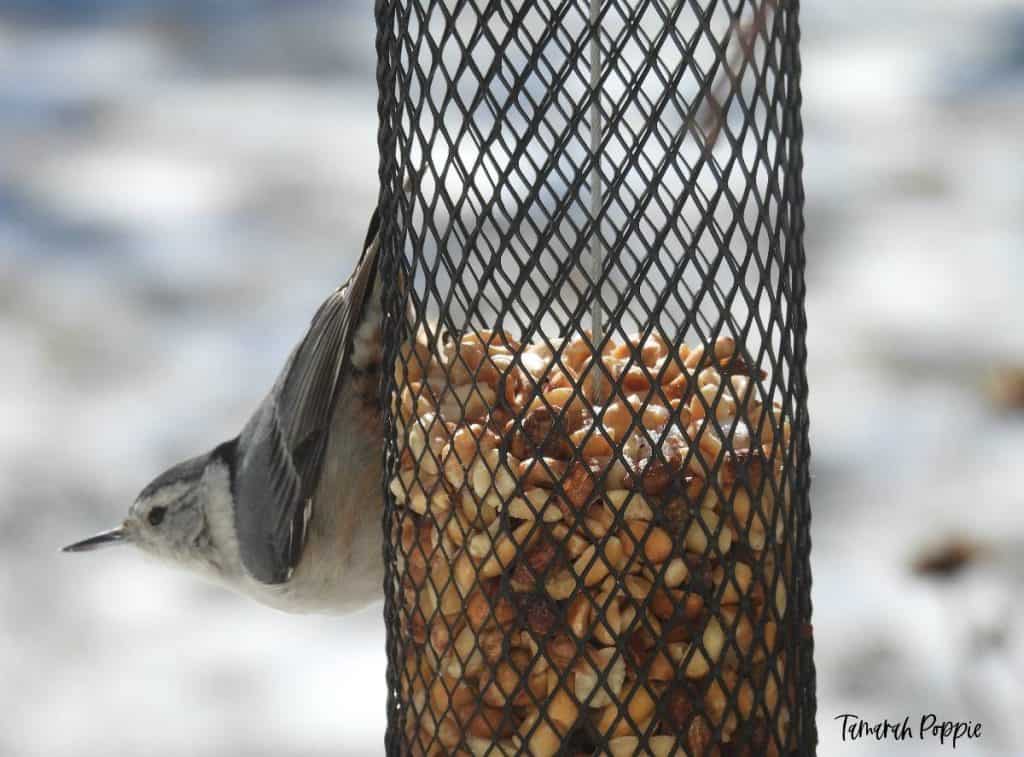
When it comes to fall bird feeding, it’s not uncommon to hear myths about why you should avoid stocking your feeder, but these are largely unfounded and false. Let’s take a closer look at a few of the top concerns you may have about feeding birds in autumn.
Myth #1 – Autumn Feeding Harms Traveling Birds
The first myth we will address concerns the notion that keeping your feeder stocked during fall will stop birds from migrating, causing harm to them and the ecosystem. The truth is that fall bird feeding won’t prevent migrating birds from traveling. In fact, it can help make their migration easier!
A three-year study by PubMed examined the effects of bird feeding on wild bird health. The study found that birds with access to feeders were healthier, had more energy to migrate, experienced less stress, and had higher antioxidant levels.
Some species have even been shown to have “improved body condition index scores and innate immune defense” despite the possible “increase in infectious disease prevalence” in some birds.
So, what do these findings mean for the correlation between bird migration and backyard feeding? There are many factors that influence when a bird migrates, including the climate, daylight levels, and instinct, and providing a stable source of food encourages, not hinders, the bird’s natural migratory patterns.
Myth #2 – Backyard Feeders Are Unnecessary in Autumn
The second common myth we will address is that having a backyard feeder is unnecessary in autumn. Many people believe this because of the abundance of seeds, grains, fruits, and berries the season brings.
While there’s no doubt that birds can thrive off these natural food sources, feeders present an excellent supplement, especially when food becomes scarce. The earlier you fill your feeder, the higher the chance that you will enjoy a steady stream of birds all season long, so don’t wait until you think they are running short on natural food to offer a healthy and delicious meal in your backyard.
Myth #3 – Your Feeder Will Attract Predators
Okay, this one is a bit more complicated. Yes, it is true that bird feeders can attract predators like Cooper Hawks, but that isn’t always a bad thing.
For one, this avian species is stunningly gorgeous and incredibly smart; they are exciting to watch and are sure to brighten your day. Plus, they have binocular-like eyesight, and their coloration is gorgeous, making them an exciting bird to watch.
It is understandable that you may not want to attract predators to your backyard feeder, but according to Emma Greig, the leader of Project FeederWatch, “There is no evidence that hawks have caused declines in any prey species taken at feeders.”
That’s good news for bird watchers! If you’re concerned about the safety of the birds visiting your feeder, here are a few tips you can use to help keep them safe.
Tips to keep birds safe from predators
Offer Cover
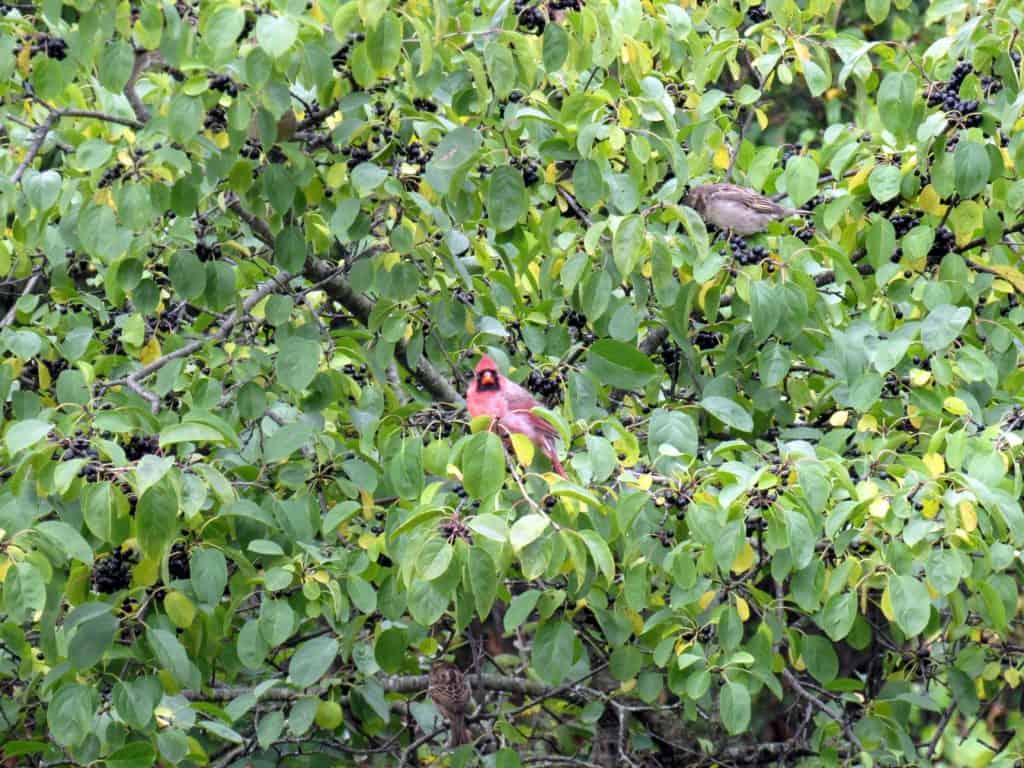
Place your feeder near a tree or shrub so birds can quickly escape from predators. Just make sure to trim the branches for better visibility for bird watchers.
You can also add birdhouses nearby, which will offer a sanctuary for traveling birds.
Elevate Your Feeder
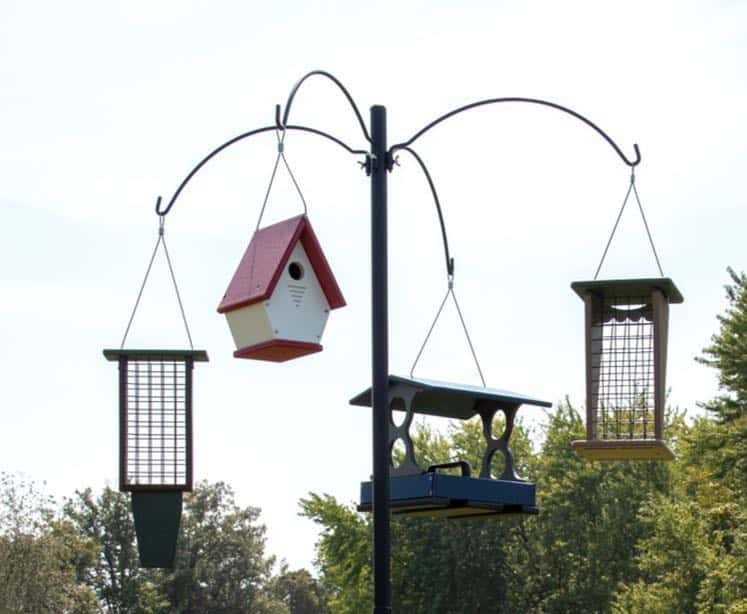
Placing your feeder on the ground makes birds more susceptible to predation since it lessens their reaction time and reduces escape routes. Hanging or placing feeders on a stand will ward off thieves like squirrels and rats while keeping the birds safe.
Increase Window Visibility
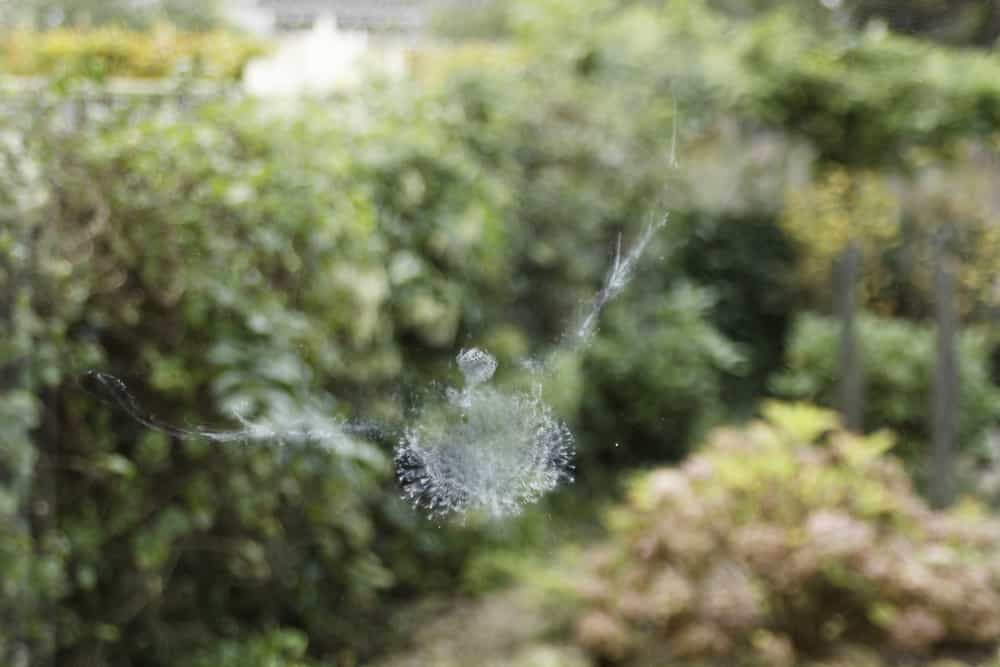
There’s nothing more heartbreaking than when a bird flies into a window, but you can take precautions to help prevent these accidents. If a bird feels threatened, it will often not see a window due to its clear and reflective surfaces.
Once they hit it, they become much easier to catch for lightning-fast raptors. You can help minimize these collisions by adding “visual noise” to your windows, like screens and details designed to warn birds that there is glass in front of them. You should also keep all feeders at least three feet away from windows, if possible, to help reduce the risk of collisions.
When to Start Bird Feeding in the Fall
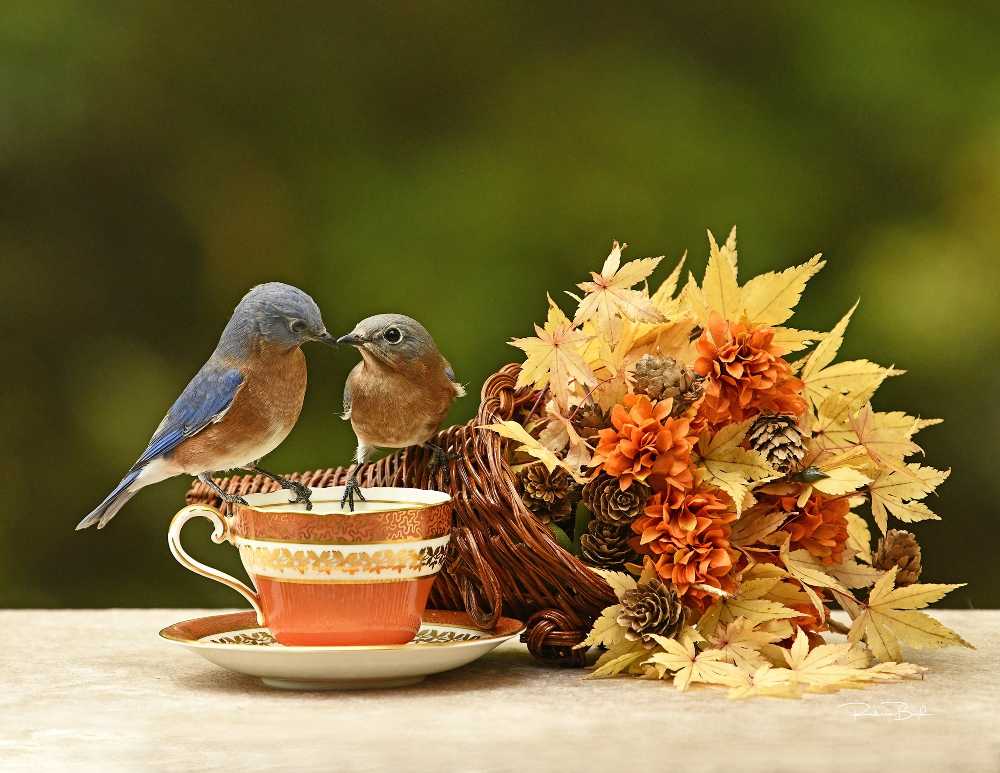
When you should start to feed birds in fall is dependent on where you live. If you don’t keep your feeder stocked year-round, you can use the map and chart below to determine when to set it up for prime fall feeding.
When To Begin Fall Bird Feeding By Region
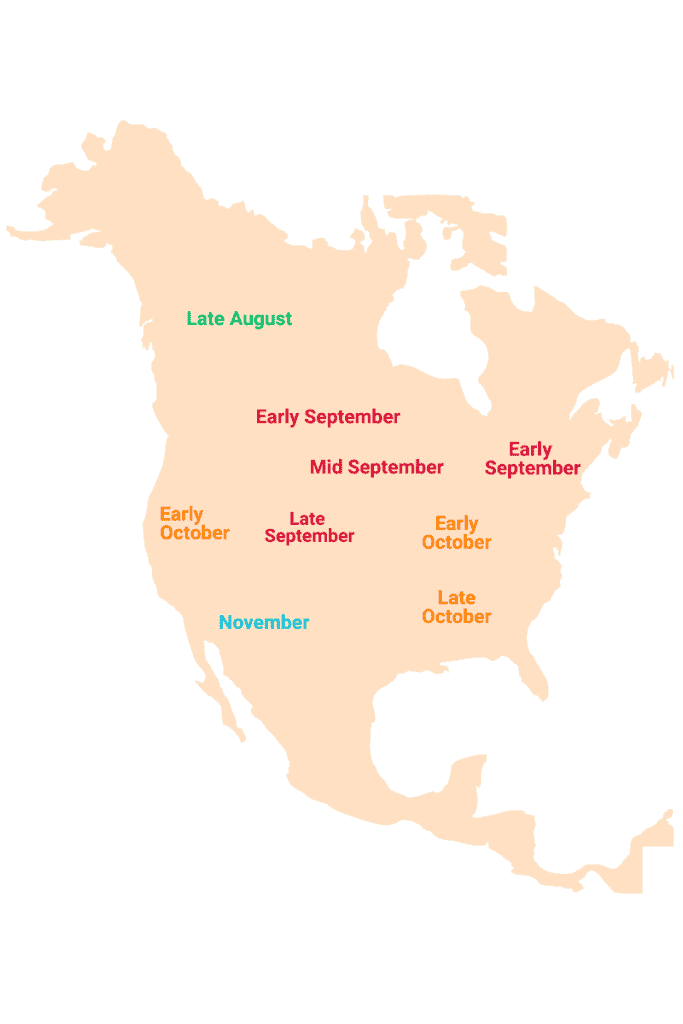
| Region | Ideal Time To Begin Fall Bird Feeding |
|---|---|
| Northern Canada & Alaska | Late August |
| The Canadian Border | Early September |
| Plains States | Early September |
| New England States | Early September |
| Northern US States | Mid-September |
| Rocky Mountain States | Late September |
| The Pacific Northwest | Early October |
| Mid-Atlantic States | Early October |
| Midwest States | Early October |
| Southern States | Late October |
| Southwest States | November |
The prime feeding times match the migratory patterns of the birds in each region. This ensures they get high-protein bird food when it’s most crucial.
The Best Bird Foods For the Fall
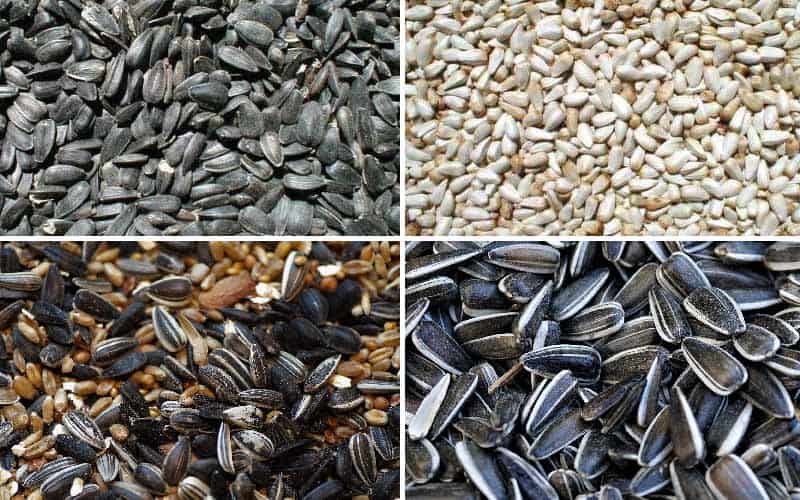
As stated above, it is important to provide high-protein, calorie-dense food to migratory birds in the fall so they have the energy they need to travel long distances. Even birds that aren’t traveling will benefit from high-quality natural fall bird food.
First, let’s look at some of the best foods you can give your backyard birds to keep them happy and healthy!
High-Fat Seeds
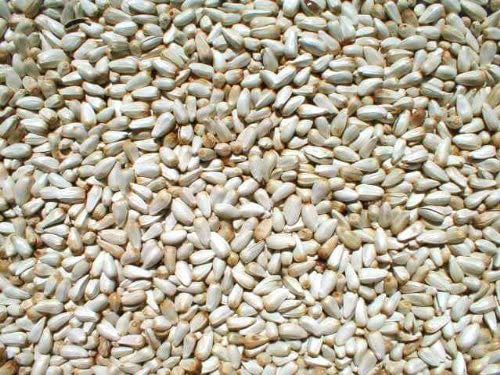
High-fat seeds like sunflower, safflower, and peanut hearts are excellent options for fall feeding as they are jam-packed with protein and healthy fats that will help birds thrive. If you’re buying premixed seeds, be sure to choose one with a high concentration of nuts and seeds for the best results.
Suet
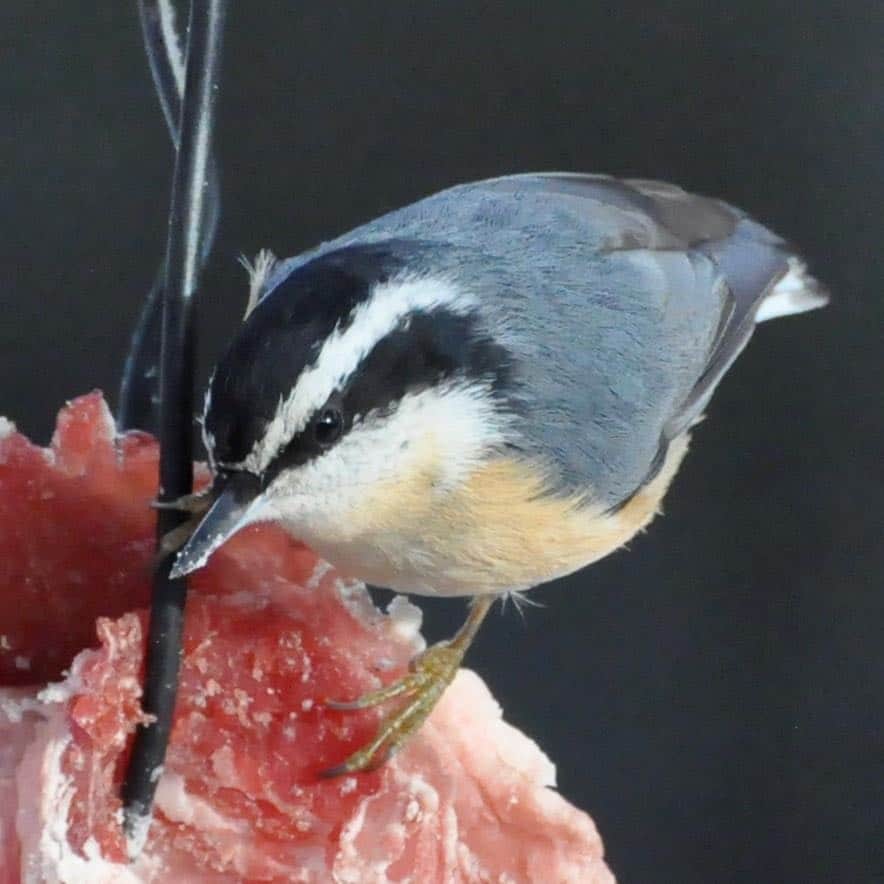
If you prefer to skip the seeds, suet cakes are a great alternative. These hard cakes are made from rendered animal fat and other healthy ingredients, making them a great energy source for birds looking to increase fat reserves.
Nyjer
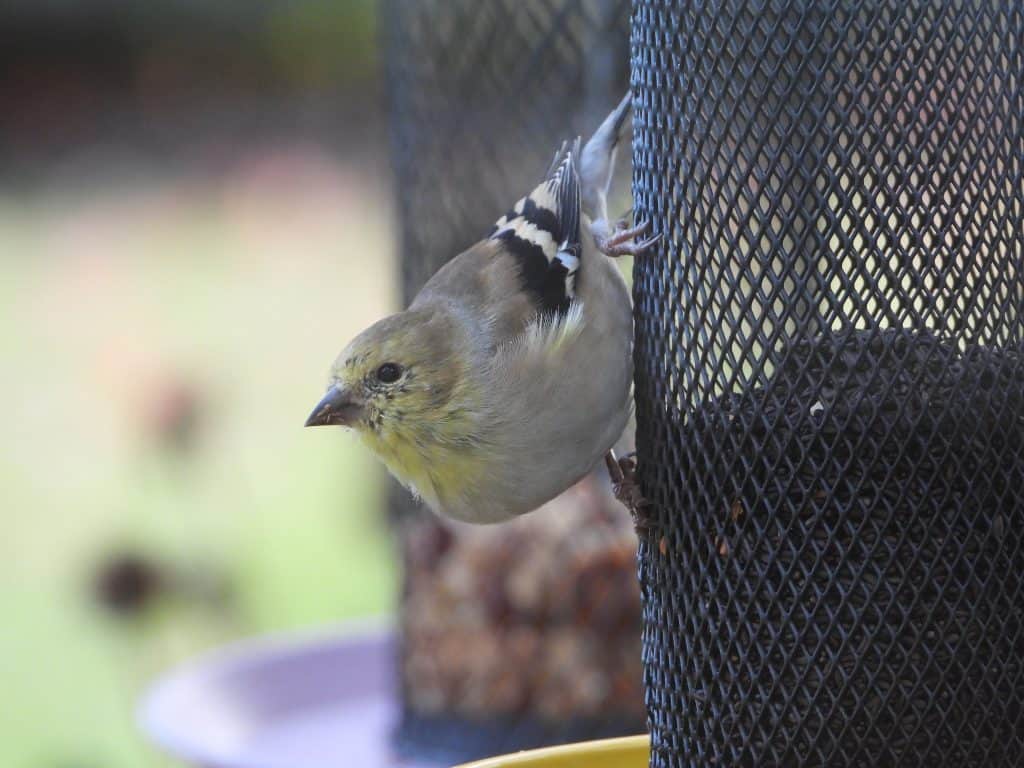
Nyjer, also called thistle seed, is a great option for many winter species. It contains a high oil content, making it perfect for weight gain and energy. It is a more expensive seed, so consider mixing it with less expensive options like sunflower seeds to make it stretch further.
Nuts
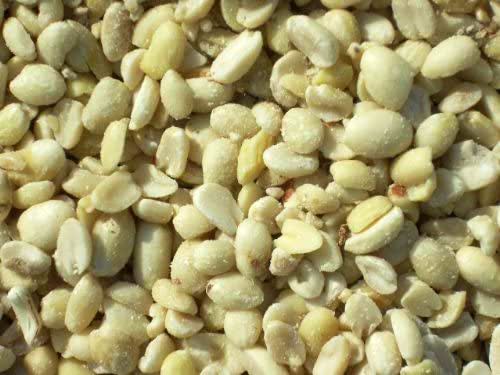
Birds love nuts, so consider adding a variety to your backyard feeder. Nuts are a great option for fall feeding since their oils help keep birds’ feathers and skin healthy while allowing them to gain weight when they need it most. They are especially good during cooler months since their long shelf life makes it easy for birds to store them away for later and those that aren’t eaten can often sprout into trees in spring. Some excellent nuts to use in your fall feeder include:
- Walnuts
- Acorns
- Pine Nuts
- Almonds
- Pecans
- Beechnuts
- Peanuts
- Brazil Nuts
- Macadamia Nuts
- Hickory Nuts
Now, let’s examine some foods you may want to avoid in your fall feeder.
Millet
Millet in itself isn’t bad to include in your birdseed; in fact, ground-feeding birds like sparrows and doves love it. The problem is that the majority of the birds that are attracted to feeders won’t eat it. For example, nuthatches, chickadees, woodpeckers, jays, and cardinals will just toss it out of the feeder onto the ground in search of other ingredients they actually enjoy. If your seed has millet as an ingredient, it’s okay, but it should be low on the list since most birds will simply discard it.
Sorghum (Milo)
Similar to millet, sorghum, also called milo, is another ingredient most birds won’t eat. It’s a popular filler option in cheap birdseed since it’s inexpensive and makes you feel like you’re getting a good bang for your buck, but if your birds won’t eat it, it’s doing them no good. The one exception is for those living in southwest states since there is a greater concentration of Steller Jays and Curve-billed Thrashers who love sorghum.
Corn
Corn in itself is great for birds; the problem is that it spoils quickly, and many brands pack their feed full of it, increasing the chances of mold destroying the contents of your feeder if it’s exposed to moisture. If you limit the amount of corn you put in your feeder, you should be fine as long as you monitor the contents and clean it regularly.
While millet, sorghum/milo, and corn aren’t ideal for attracting a wide range of birds, the one thing you want to avoid completely is harmful food additives. When it comes to your backyard feeder, you should only use natural, clean ingredients to avoid introducing harmful chemicals to the birds that their little bodies can’t process.
The Best Bird Feeders For Autumn
When choosing a fall bird feeder, you want to use one that is sturdy and able to withstand the elements. Removable parts for easy cleaning are a must, with ample room for multiple birds. Below are some of the best bird feeders you can buy for autumn.
Fall Bird Feeding Tips
Knowing which food to use for your backyard feeder is essential, and when combined with these tips, will help you get the most out of your fall backyard feeding experience.
Tip #1: Keep Your Feeder Clean
One of the most important things a backyard bird watcher can do is maintain a clean bird feeder. Feeders can become breeding grounds for mold and bacteria, which can sicken birds and keep them from returning.
Emptying out your feeder at least once every other week in humid or damp regions or once a month in drier areas and giving it a good scrub down will ensure your birds have access to safe and delicious feed all season long.
Tip #2: Place A BirdBath Nearby
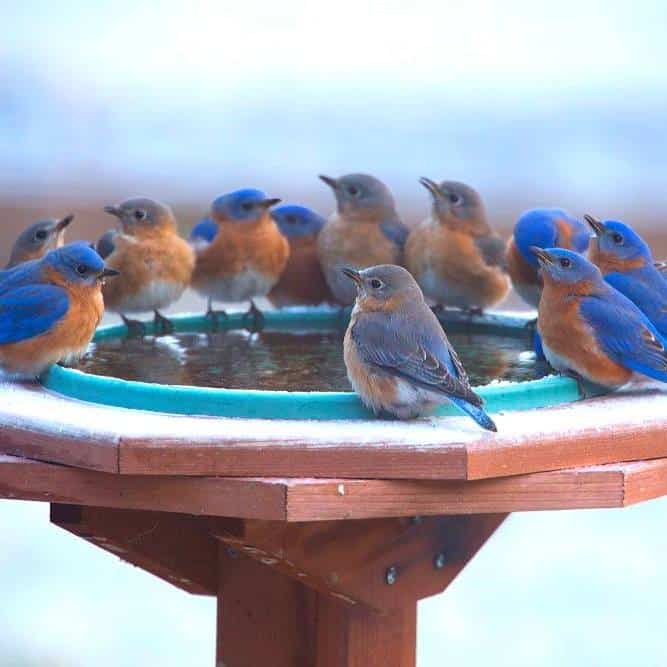
Birds need food and water, so placing a birdbath full of fresh, clean water is a great way to attract a wide variety of species. You can use a de-icer or heater to keep it from freezing, which will give birds access to water during times when it may be harder to find.
Tip #3: Use Squirrel Repellant Feeders
Birds aren’t the only ones looking to fatten up during fall; it’s prime time for squirrels as well. Choosing a feeder that makes it hard or impossible for these fluffy thieves to get into will ensure there is plenty of seed for the birds.
Tip #4: Provide Coverage
Using foliage to create coverage around your feeder will help birds feel safe and keep them out of sight from predators. Choosing evergreen varieties that provide fruits, nuts, or berries is a great way to attract even more birds and keep them coming back year after year.
Just be sure not to block the view of the feeder altogether, or the birds may have trouble spotting it.
Conclusion
Fall is an excellent time to get in some spectacular bird watching, so be sure your feeder is fully stocked. It may take a bit of time, but with help from this ultimate bird feeding, you will attract a variety of fun species and enjoy hours of bird-watching entertainment!
Do you have any fall bird feeding tips to share? Leave a comment below.


Hi there…can you give me any info on deterring Rats or mice. they maybe coming because of the seeds on the ground from birds eating. Bird feeders are on hangers off the ground, but they do send seed flying to the ground. I may have to stop feeding them because I have been having them in my back Yard for the last 6/8 months.
Goodyear, AZ
thanks
I have found the hot bird seeds do keep squirrels away and my birds love it.
Your thought please on hot bird seed !
Hot bird seeds are an effective strategy for deterring squirrels. However, just make sure you don’t just sprinkle the spice on top of the bird seed. The dust can be an irritant for the birds. Instead, I recommend bird food that already has the spice incorporated like in a hot suet. You can read more about it here: How to Keep Squirrels Off The Feeder
Rats and other rodents are definitely attracted to the seed and hulls on the ground. With rodents in your area you will need to clean it up. I have a small shop vac I use to clean up beneath the feeders in my yard. Here are other strategies: Feed Birds Without Attracting Rats